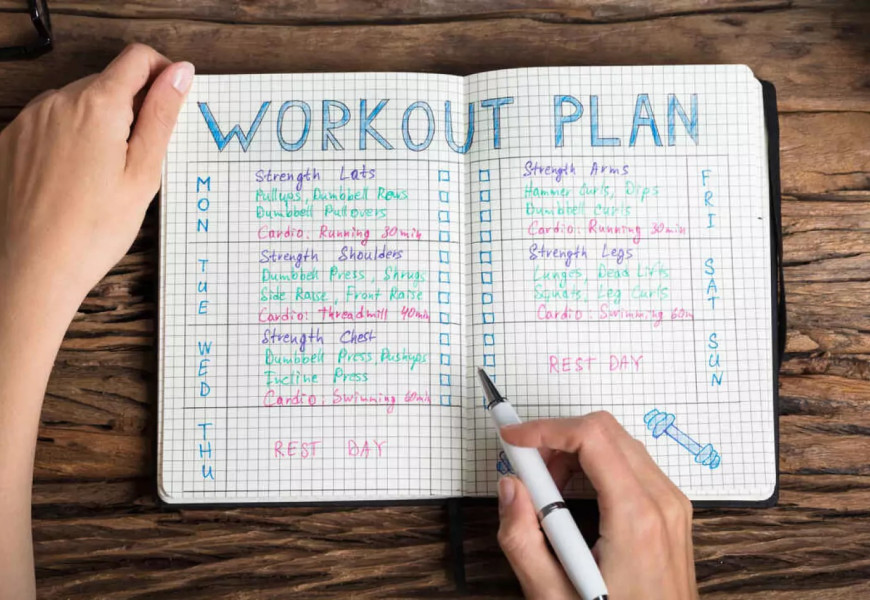When you first start your health and fitness journey, it’s easy to become
overwhelmed at what you should be doing. There is a lot of conflicting information
out there. One of the many things to be unsure about is how to track your
progress. Whether this be weight loss, muscle mass, strength or fitness levels,
tracking how far you have come is vital. And it is more important to start right
away! Looking back at how far you have come can be very motivating, particularly
when you feel like progress has stalled.
Let’s look at some ways we can focus on tracking progress.
- Scale Weight – A super common way to track your progress if your goal is
weight loss and although it can give us some fantastic data it can also cause
some problems. It is completely normal for the scale to fluctuate (in women
particularly) due to a number of factors including time of the month, when
you last trained and when you consumed your last meal. These fluctuations
can often cause people to give up because they think their weight loss isn’t
working. If you are also building muscle as you lose body fat, the scale can
be conflicting information. It is best to take scale weight daily and find an
average or less frequently eg every 2 weeks or once per month. One weekly
weigh in is of very little use. Scale weight should also be tracked alongside
other progress markers. Remember, it is all data and the more data you
gather, the more accurate it is. - Progress Photos – taking photographs of your progress can be super
motivating. As you see your own body every day, it can be hard to spot
changes in body composition. Taking photos will help you to see your
progress more easily. Take them from the front, back and side with
underwear or swimwear and make sure you aren’t tensing! Every one to
three months is a good time scale. - Strength or Fitness Progress – It is important to remember that even if your
body isn’t changing physically, you could be making some fantastic strength
and/or fitness progress. Logging what you can lift/run/cycle during your
workouts can give a great picture of how far you have progressed over time. - Health Markers – Getting a picture of your health markers and how they may
improve over time is another way to track progress, particularly if you have
high blood pressure or cholesterol for example. Exercise is one of the best
ways to improve overall health outcomes. And as these stats can be literally
life changing, it is so important to ensure they are within a healthy range.
Hopefully this has helped to clear up some of the ways you can track progress.
Ensuring you have an overall picture of how you are progressing physically and not
just aesthetically is key and will not only help with motivation but help you to
celebrate all your ongoing achievement.


